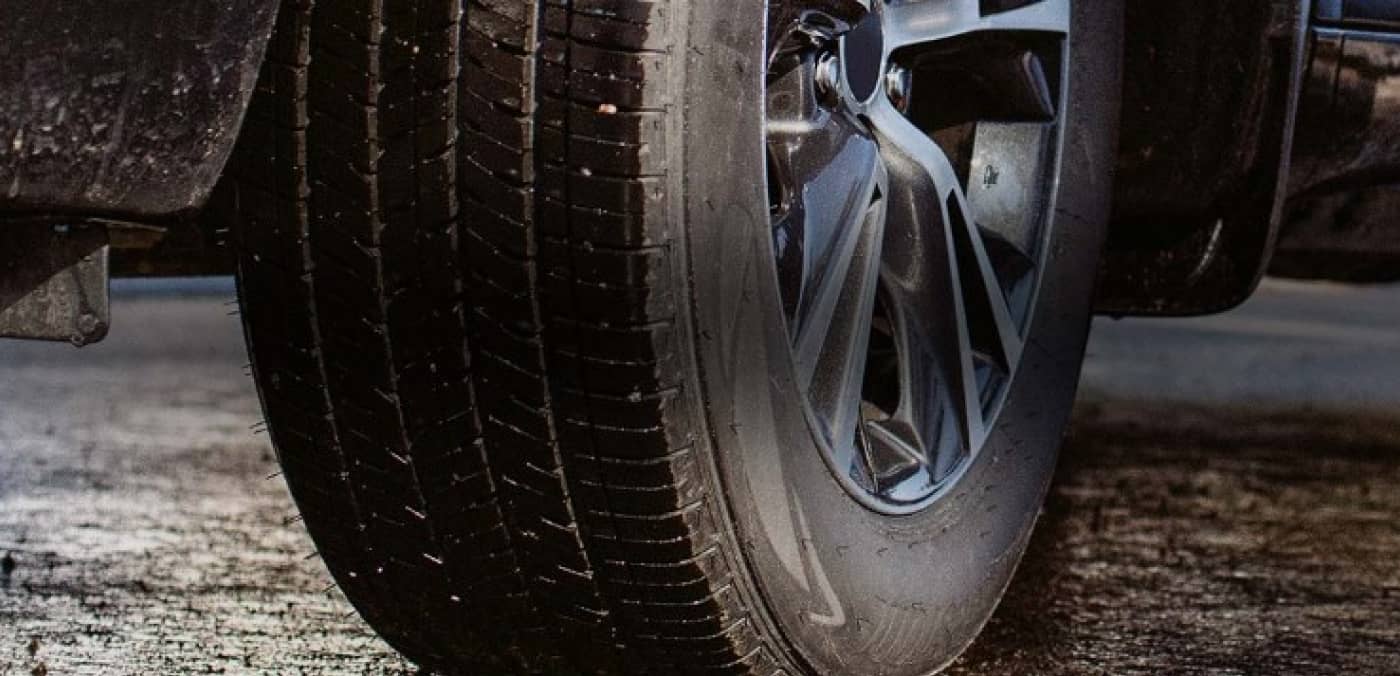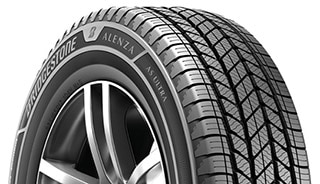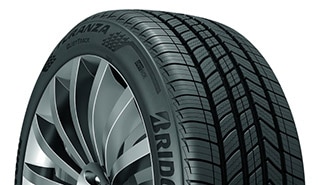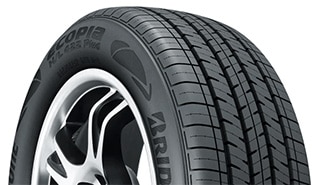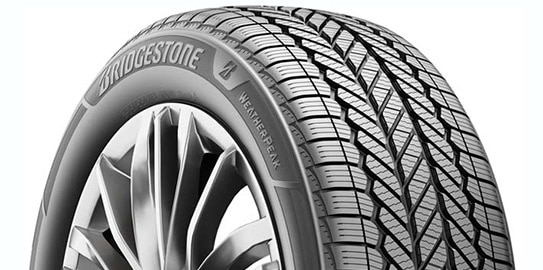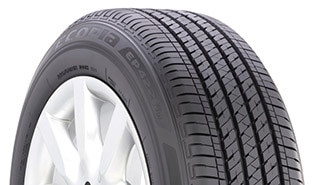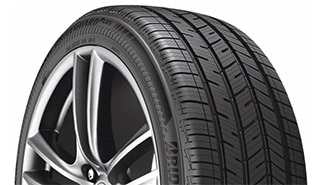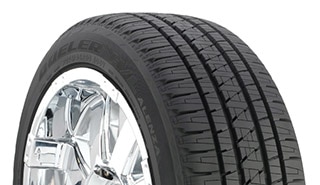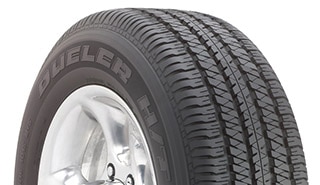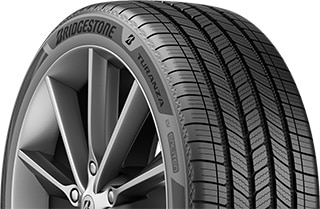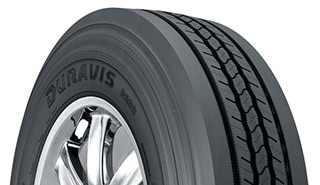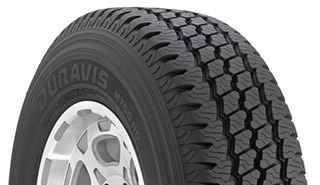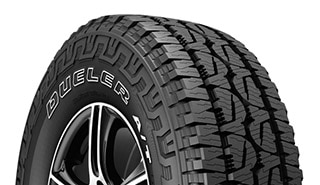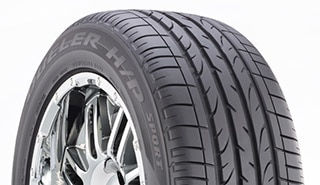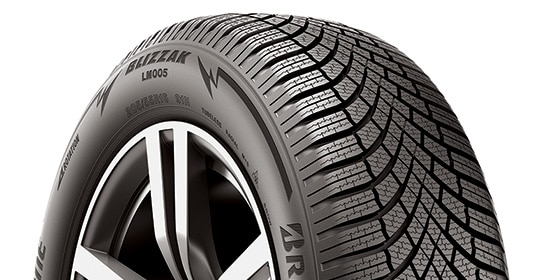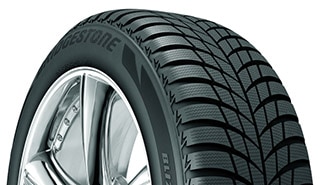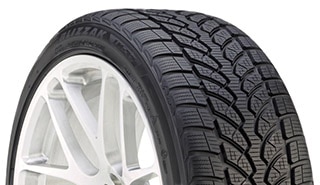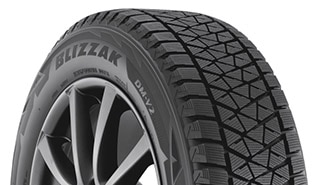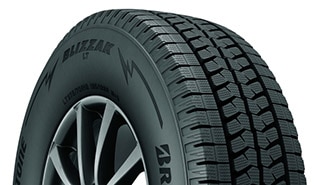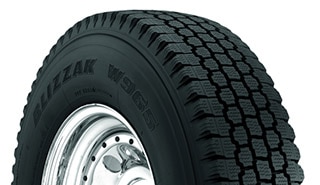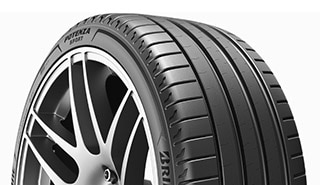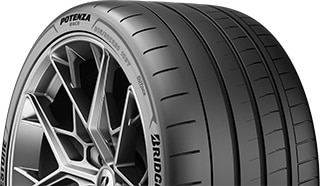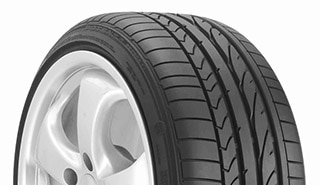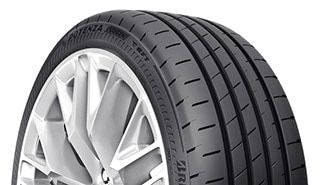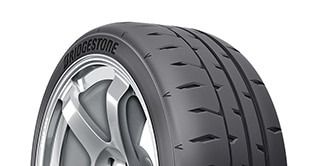You need a roadside emergency kit. After all, Americans commute an average of 200 hours every year. When you add in trips to the store, shuttling kids to and from activities, and other travel you do daily in your car, that adds up to a considerable percentage of time spent behind the wheel. Yet, many of us aren’t prepared for emergencies that might happen when we’re actually behind the wheel. Perhaps we’re all eternal optimists?
Luckily, it only takes a bit of preparation, and a well-stocked car emergency kit to ensure that you’re ready in case trouble arises. The following is a car emergency kit list that will help ensure that you have the essentials you’ll need in case of roadside breakdowns, flat tires, or a whole host of other little problems that can arise when you’re on the road.
WHAT TO HAVE IN CASE OF A FLAT TIRE
Flat tires can happen at any time, without warning and at the worst possible time. Any well-appointed car emergency kit will include the right supplies in case of a flat tire.
SPARE TIRE
The easiest way to deal with a flat tire is to replace it as quickly as possible with a spare so that you can worry about repairing the flat when you’re somewhere safer than the side of the road. Ensure you routinely check your spare tire, and keep it inflated to the correct air pressure, so it’s ready to go in a pinch.
Keep in mind that spare tires no longer come standard on many newer-model cars. According to Consumer Reports, about a third of new cars today do not come with a spare tire. You may need to purchase an extra tire or spare separately. Purchase yours at a Bridgestone retailer near you.
TIRE JACK AND LUG WRENCH
If you bought your vehicle used, and it has a spare tire, be sure to check that the jack and lug wrench are still on board. Cares equipped with spare tires (either as standard or optional equipment) always come with a jack and lug wrench. Only cars that don't come with a spare have no jack or lug wrench. You'll need these tools to change a flat tire!
TIRE PATCH KIT
If you find yourself with a tire that has a puncture or slow leak, rather than a complete blowout, having a tire patch kit stowed in your emergency car kit can help you get it fixed fast and back on your way.
TIRE PRESSURE GAUGE
It is not just useful when you already have a flat. Keeping a tire pressure gauge stocked in your roadside emergency kit can help make sure your tires stay inflated at the correct level and could ultimately prevent a flat tire from happening in the first place. Read this article to learn how to check tire pressure with a pressure gauge.
HEAD LAMP
Since emergencies never seem to happen when it’s convenient, you’ll probably find yourself having to fix a flat in the dark at least once or twice in your lifetime. A head lamp will help you keep your hands free to do the tire changing while helping you see what you’re doing, even on the darkest roads.
MECHANIC GLOVES
Changing a tire or repairing a flat can be a dirty, greasy job. Consider adding mechanic gloves to your roadside emergency car kit. Such gloves are designed to provide a sure grip while protecting your hands, and certain types even come with reflective material to increase your visibility at night.
IN CASE OF A BREAKDOWN
While a breakdown in a parking lot or driveway can be inconvenient, a breakdown on a highway or a backcountry road can be even more of an ordeal. To ensure that you’re ready in any situation, we recommend including the following items in your car emergency kit:
JUMPER CABLES
Whether you inadvertently left an overhead light on or you have a battery that’s on the fritz, stashing a set of jumper cables is a good idea to make sure you can get your car recharged and restarted as soon as possible.
REFLECTIVE HAZARD SIGN/FLARES
If you’re broken down on the road, you want to make certain that other cars are aware that you’re there and steer clear. Keeping reflective signage and road flares in your roadside emergency kit can help keep you visible to oncoming traffic and prevent further problems.
USB CHARGING STICK
If your car suddenly breaks down, you’ll want to be able to call for help ASAP, but if your phone’s dead, you could be out of luck. Including an USB charging stick in your car emergency kit, and making sure you keep it charged, can help you keep your phone alive while you wait for aid.
HAND-CRANK RADIO
Not every device requires a USB charge; some need nothing more than a little elbow grease. Consider adding an emergency crank radio to your roadside emergency kit checklist. Doing so allows you to listen for critical weather-related updates, for example, without using your car’s battery or your smartphone's existing charge.
DRINKING WATER
Though it’s rare to be stuck for more than a few hours if your vehicle breaks down, if you’re unlucky enough to be off the beaten path, you might be waiting for even longer. Having a few bottles of clean drinking water stashed in your roadside emergency kit can mean you’re ready for the worst.
FOOD
Though there aren’t a lot of situations where you’ll be stuck long enough to require food, it’s not a bad idea to throw a few energy bars or other nonperishables into your emergency car kit just to be safe.
SPARE FUSES
Though we don’t often think about the fuses that keep our vehicles’ electrical systems functioning, it can impact everything from your windshield wipers to your dashboard lights when one goes out. Be sure to stock some extras tucked away in case of an emergency.
RAGS/UTILITY TOWELS
Whether you need to check your fluid levels on the roadside or just clean up a mess in your car, a roll of utility towels or a few spare rags will undoubtedly come in handy at some point.
TOOL KIT/MULTIPURPOSE TOOL
To be prepared for anything, stock your roadside emergency kit with any of the essential tools you might need in a pinch like a screwdriver, pliers, socket wrench, pen knife and key wrenches.
IN CASE OF AN ACCIDENT
Accidents happen and they’re often out of your control, but that doesn’t mean you shouldn’t be prepared. Keep the following items stowed in your emergency car kit to make sure you’re ready for an accident.
FIRE EXTINGUISHER
Though vehicle fires are much rarer than Hollywood films would have you believe, keeping a fire extinguisher packed in your car kit will help keep you ready for an emergency.
FIRST AID KIT
You can buy one premade or DIY your own, but any well-appointed car emergency kit should include at the very least: bandages, burn cream, analgesic, splint, gauze, antiseptic wipes/cream, tweezers, antibiotic ointment and antihistamines for allergies.
MEDICAL CARDS
Make certain you have an extra copy of your medical insurance tucked away in your vehicle. Also, if you or anyone who regularly drives or rides along in your vehicle has any allergies or medical conditions that medics would need to know about, be sure to have the proper paperwork somewhere in your vehicle where emergency responders will easily find it.
IN CASE OF BAD WEATHER
It is never advisable to travel in terrible weather. However, if your route takes you into a powerful storm, nothing beats being prepared with the best roadside emergency kit you can create.
BLANKETS
Especially in wintertime, having a spare blanket in your car can help keep you warm while you wait for help. Mylar blankets — sometimes referred to as “space blankets” — are windproof, waterproof and capable of reflecting more than 90% of your body heat.
RAIN PONCHO
If car trouble requires you to be outside during a downpour, having a readily accessible rain poncho will help keep you dry once you’re able to get moving again. Such ponchos fold down to a very compact size, so they won’t take up much space in a roadside emergency car kit.
DRY CLOTHING
If you’re stuck stranded in a rainstorm for any length of time, a dry change of clothing, especially socks, can be a big help. Extra layers can also come in hand if you're stranded when driving in winter weather.
SHOVEL
Whether a snow storm hits suddenly or you find yourself sliding into a snowy ditch, having a collapsible shovel stowed in your vehicle can make the difference between staying stuck or being quickly on your way.
SNOW CHAINS
If you live in or around the mountains or have reason to pass through them in the winter, a sturdy set of snow chains may be required on many mountain roads and passes for passage.
IN CASE OF MOTION SICKNESS OR CAR SICKNESS
Nearly a third of us are considered highly susceptible to motion sickness, with greater prevalence among children, women (especially pregnant women) and migraine sufferers. Take this into consideration when putting together your roadside emergency kit. Car sickness symptoms include nausea, vomiting, cold sweats and fatigue.
SICKNESS BAG
Whether identified by its medical term — an emesis bag — or more common “barf bag,” sickness bags are practically a must for known sufferers of motion sickness. You can purchase them online and at select medical supply stores.
ACTIVITIES
Reading or using a laptop in a moving vehicle is a common motion sickness trigger. Since it’s also a way to pass the time on long road trips, offer alternatives. “I Spy” is a classic, but not every motion sickness sufferer can handle looking around during a ride. Consider a playlist of family-friendly podcasts or other audio delights instead.
MOTION SICKNESS MEDICINE
If you or a travel companion — a child or spouse, for example — is known to suffer from motion sickness, consider having over-the-counter motion sickness medicine like available after consulting with a physician. Such medicine works best when taken before traveling, of course, but might be forgotten in the excitement of a pending departure.
MISCELLANEOUS
To be sure that your emergency car kit is as well-stocked as possible, the following car emergency kit list items are meant to keep you ready for any predicament.
WINDOW SCRAPER
For people living in colder climates, having a window ice scraper and brush in their emergency car kit is essential. But even if you live in the warmer Southern regions, you’re not always safe from a sudden cold snap that can frost up your vehicle’s windows or leave them covered in snow.
SPARE FLUIDS
In addition to keeping drinking water stocked up in your emergency car kit, you’ll want to have a few bottles of the liquids that are essential to keeping your vehicle running smoothly. Stock up on oil, transmission fluid, brake fluid, washer fluid and antifreeze.
DISPOSABLE CAMERA
These days, we’re all so reliant on our smartphone cameras that this suggestion might strike you as old school. But remember, phones can fail you at the worst times. If you’re in a fender bender, your insurance company will likely require some photographic evidence as proof. Having a disposable camera stocked in your car emergency kit can mean you’re prepared when you need to be.
PAPER/PEN
Keeping a pad of paper and a pen or pencil isn’t just handy for jotting down a note to yourself. It’ll come in handy if you need to leave a note on your vehicle in case it breaks down and you need to leave it somewhere.
CASH
You never know when you’ll find yourself in a situation where having some cash on hand will help get you out of a jam. Tuck a few twenties in your driver’s manual or tape a few bills under the ashtray to make sure you’re ready for anything.
READY FOR (PRACTICALLY) ANYTHING
We hope this roadside emergency kit list gives you peace of mind and helps get you on your way to being prepared.



